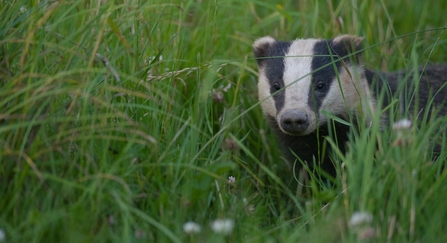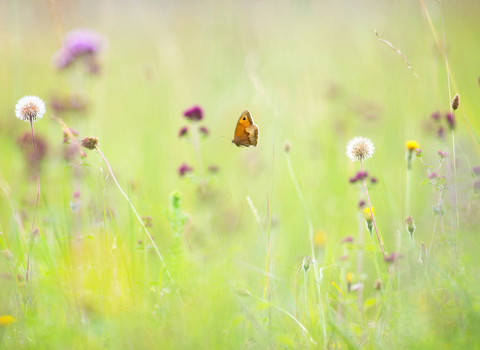The Wildlife Trusts are very concerned that proposed changes to the existing planning system, currently undergoing consultation, will further contribute to nature’s decline. Our analysis shows that without further work the proposed changes will fail, ultimately, to integrate nature into people’s lives where it is desperately needed.
The current system is far from perfect, but through the proposed reforms we could see:
- reduced protection for nature
- fewer spaces for wildlife and people to enjoy
- significantly reduced opportunity for people to have a say on developments affecting their communities.
We have laid out key principles which we believe are integral if we are to see nature’s recovery, and the wilder future we want and need. This isn’t over-optimistic thinking; we already know that well-planned development can enhance and integrate nature. Here are three examples that prove what can be achieved – and what we could risk losing if the proposals go ahead unchanged.









